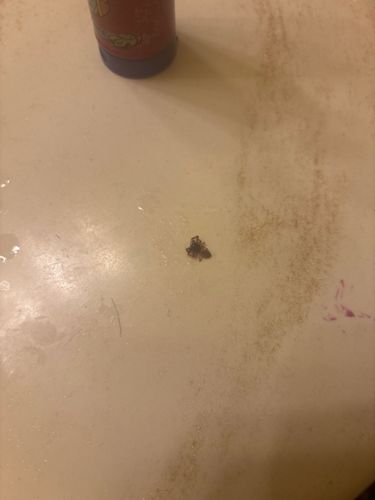Drain Fly, Moth Fly, Filter Fly
Scientific Name: Psychoda alternata (one of the common species)
Order & Family: Diptera (Order), Psychodidae (Family)
Size: Typically small, ranging from 1.5 mm to 5 mm in length.

Natural Habitat
Drain flies are commonly found in moist, organic-rich environments such as household drains (sinks, showers, bathtubs), sewers, septic tanks, compost piles, and areas with standing water and decaying vegetation. They are a common nuisance in homes and buildings where plumbing issues or poor sanitation provide suitable breeding grounds.
Diet & Feeding
Adult drain flies do not typically feed, or if they do, they consume liquids such as nectar from flowers. Larvae, however, feed on decaying organic matter, fungi, and bacteria found in the moist, nutrient-rich film lining drains, pipes, and other damp areas.
Behavior Patterns
Psychodidae adults are typically weak flyers and are often found resting on bathroom walls or near drains, especially at night. Larvae and pupae develop in the gelatinous film inside drains or in other damp organic matter. They have a short lifespan as adults, usually only a few days, but can reproduce quickly if conditions are favorable.
Risks & Benefits
Potential risks include being a nuisance pest within homes due to their presence and potential to carry bacteria and other pathogens from their breeding sites, which they could theoretically transfer to surfaces, although this is usually not considered a significant health risk. They are not known to bite humans or animals. As for benefits, their larvae contribute to the decomposition of organic matter in their natural habitats, which is part of nutrient cycling.
Identified on: 8/22/2025